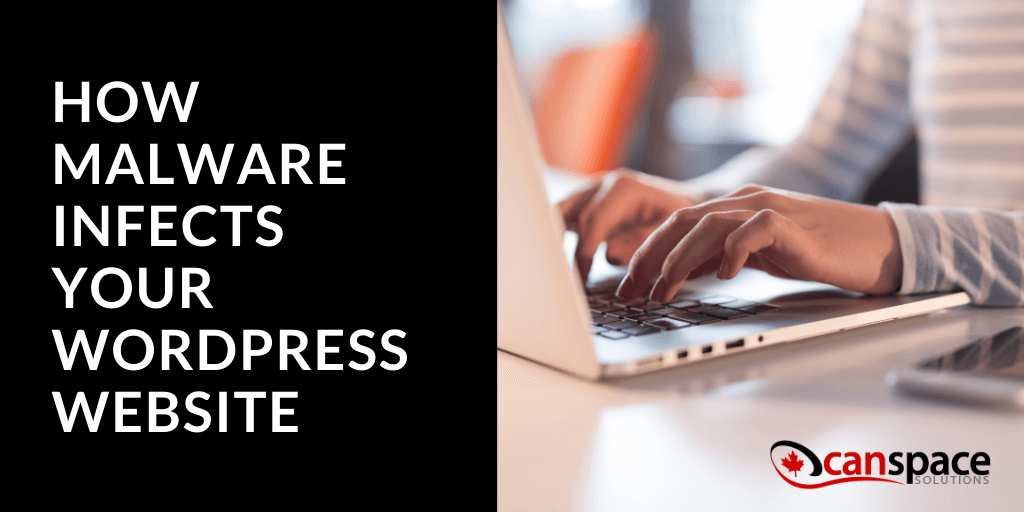No one wants their website to be infected with malware. It can damage your reputation, cause lost traffic and revenue, and even get your site blacklisted from search engines. But how do you know if your WordPress website is infected, and what can you do about it? We will explain how malware infects your website, and some steps you can take to protect yourself.
How does malware infect your site?
There are various ways that malware can infect a WordPress website, but some of the most common methods include:
- Exploiting vulnerabilities in the software
- Using infected plugins or themes
- Stealing login credentials
Once malware has infected a site, it can cause all sorts of problems, including data theft, website defacement, and blacklisting by search engines.
How to tell when your site has been infected
There are a few key signs that you can look for which will indicate whether or not your site has been infected by malware. One of the most common signs is if you find that your site is suddenly loading slowly or is unavailable altogether. This can be caused by malicious code injected into your site which is bogging down the server resources. Another common sign is if you notice strange activity in your site’s traffic logs, such as a sudden spike in traffic from unexpected locations or a sudden drop in traffic. This can also be indicative of an infection, as malware is often used to redirect traffic away from legitimate sites.

How to remove malware from your website
There are a few steps you can take to try to remove malware from an infected website. The first step is to try to identify the malware and determine its type. Once you know what you are dealing with, you can start looking for specific solutions.
There are a number of free and paid malware removal tools available online. However, not all of them will be effective against every type of malware or be able to remove malware in its entirety.
Once you have found a suitable tool, run it on your website. This may require you to change some of your website’s settings, so be sure to back up your website before you begin.
Tips for keeping your site safe from malware
The best way to keep your website free of malware is to take preventive measures. Here are some tips to avoid having your website infected in the first place.
- Keep your site up to date. Make sure you are running the latest version of WordPress and any themes or plugins you have installed. Updates usually include security fixes that can help protect your site from malware. You can configure WordPress to automatically update itself by going to Settings > General and selecting the “Automatically update WordPress” and “Automatically update themes” options.
- Use strong passwords. Make sure you are using a strong password for your WordPress admin account. A strong password should be at least 8 characters long and include a mix of letters, numbers, and symbols. You can use a tool like LastPass to generate and store strong passwords.
- Use a security plugin. There are a number of security plugins available for WordPress that can help protect your site from malware and other attacks. Some of the most popular plugins include Wordfence, iThemes Security, and Sucuri Security.
- Install a firewall. A firewall is another tool that can help protect your WordPress site from malware and other attacks. A firewall works by blocking malicious traffic before it reaches your site.
- Keep backups of your site. In the event that your WordPress site is hacked or attacked, it’s important to have a backup that you can restore your site from.
- Educate yourself about malware and WordPress security. The more you know about malware and WordPress security, the better protected your site will be.
We know all about safeguarding your site and our servers from malicious software. If you have questions about malware or website security, reach out to CanSpace today!










